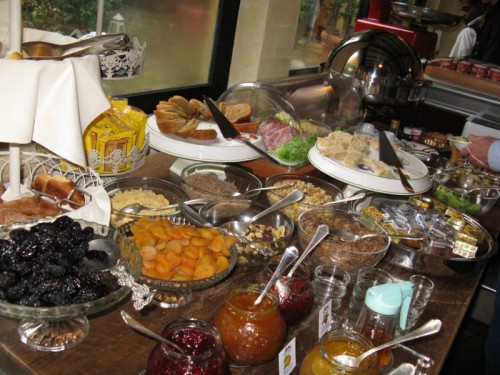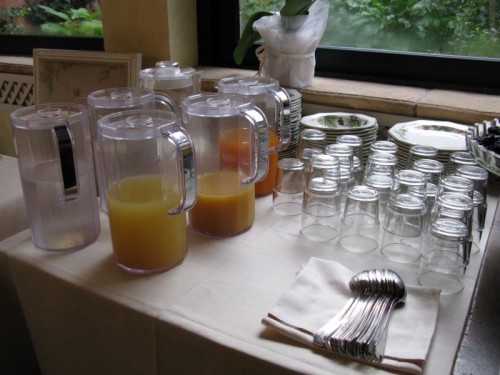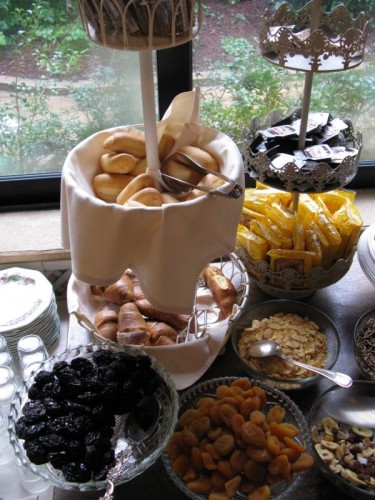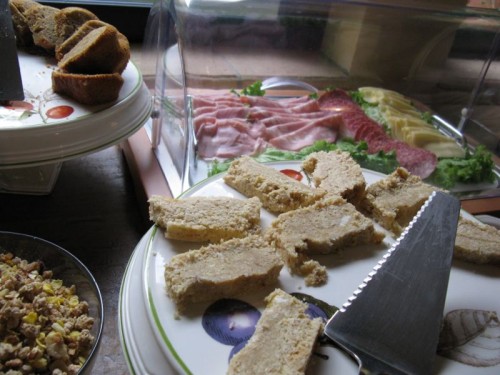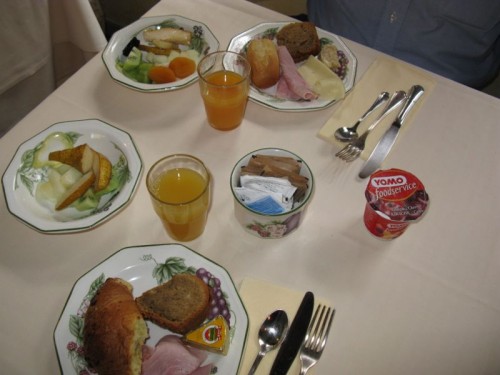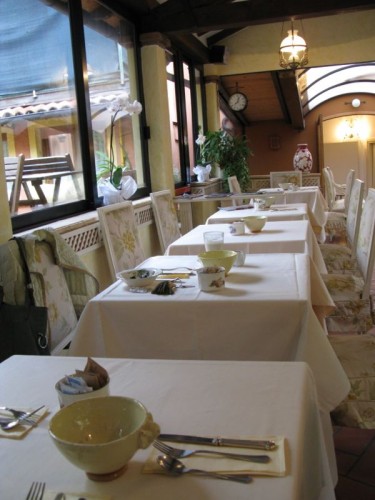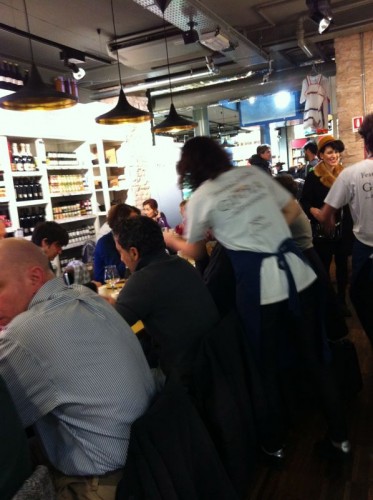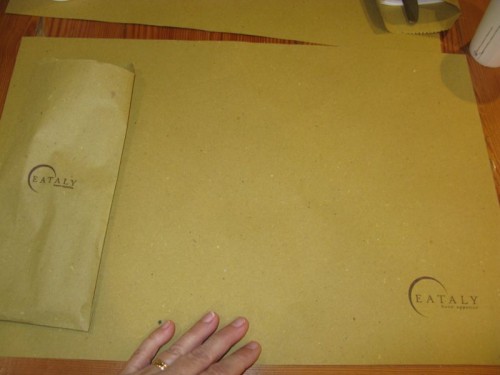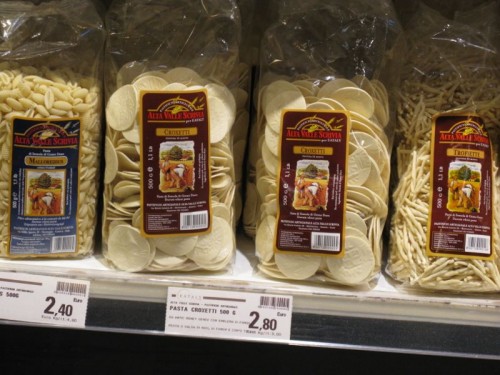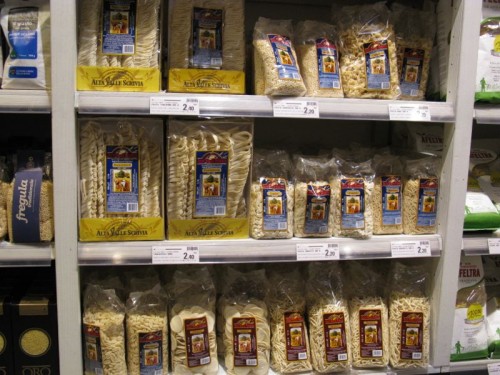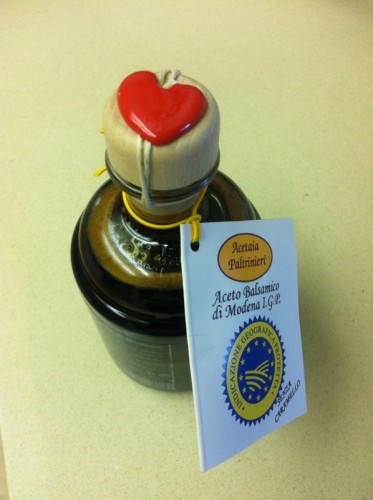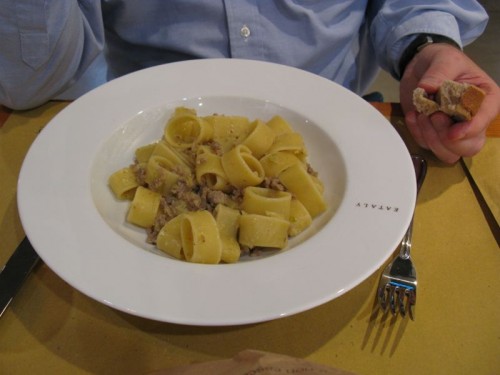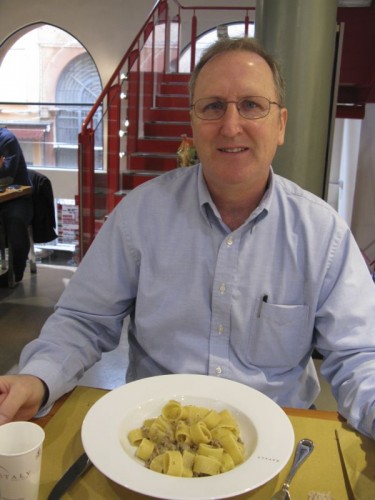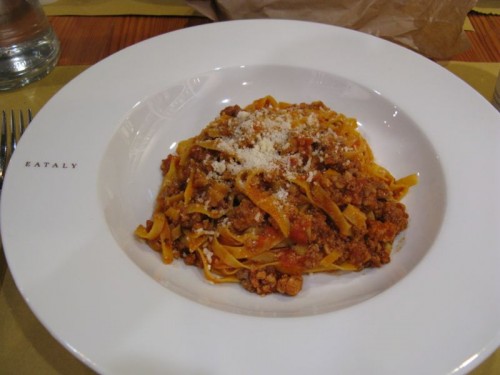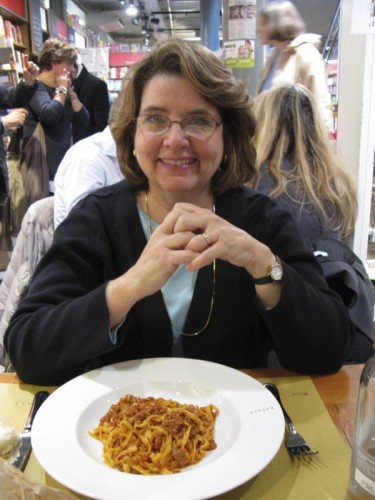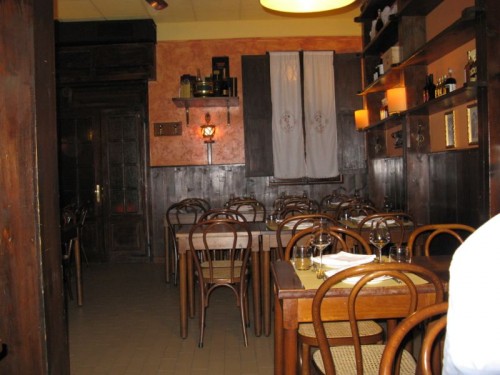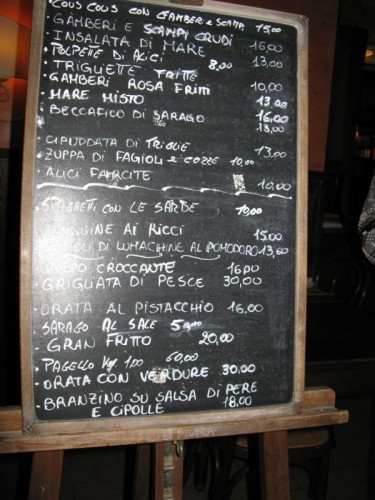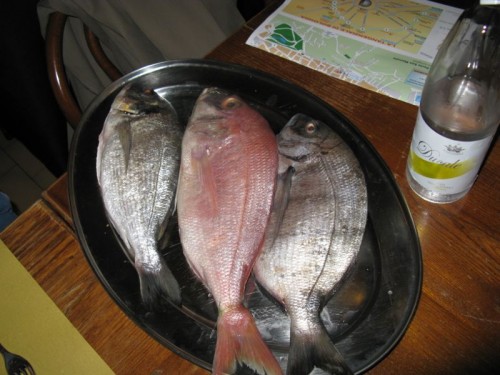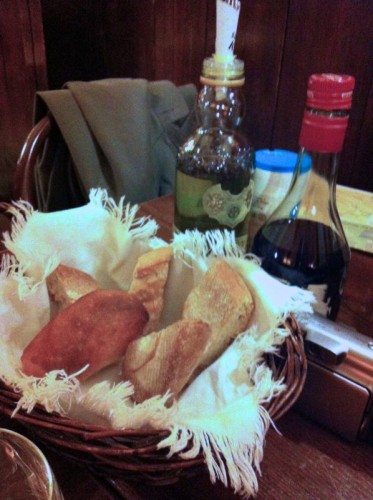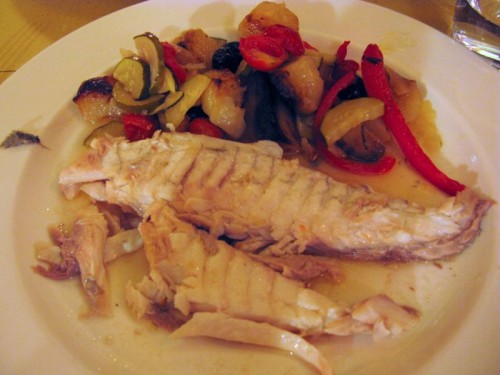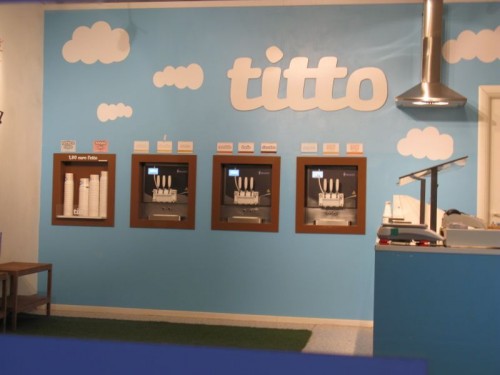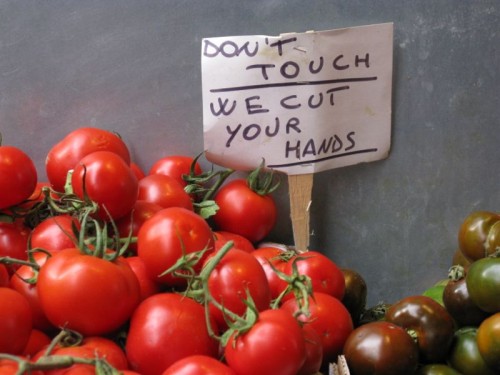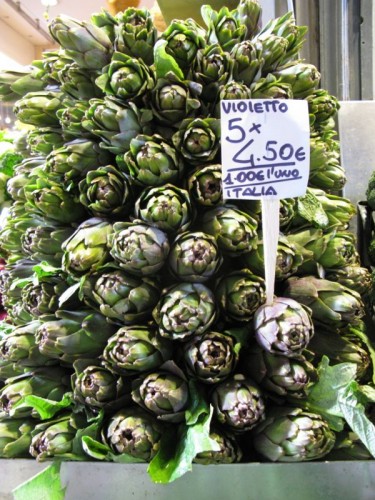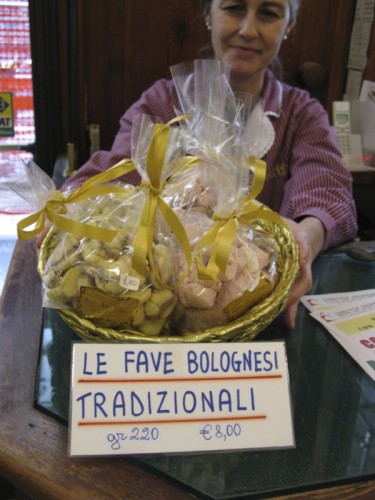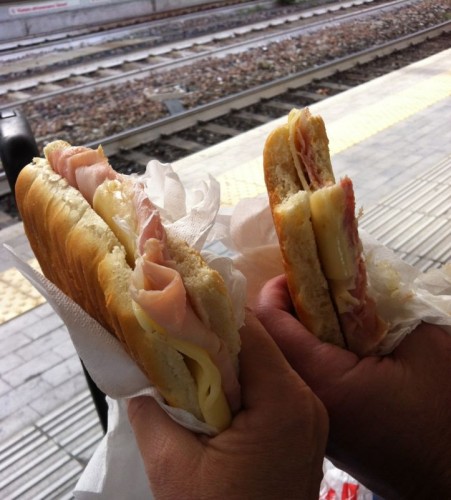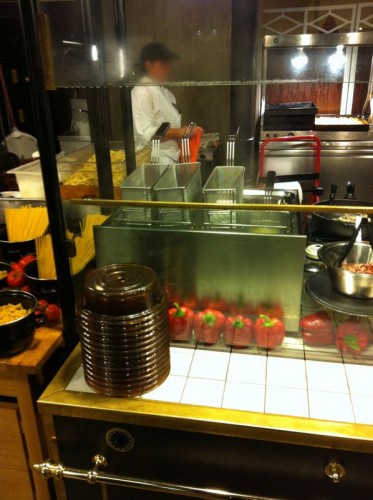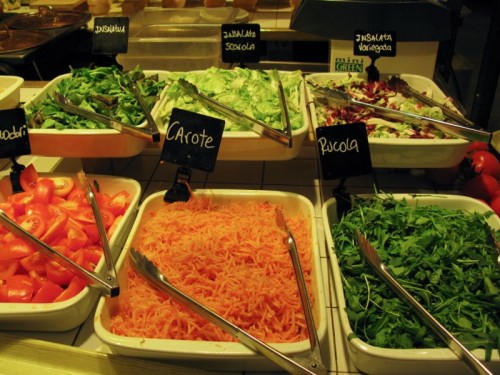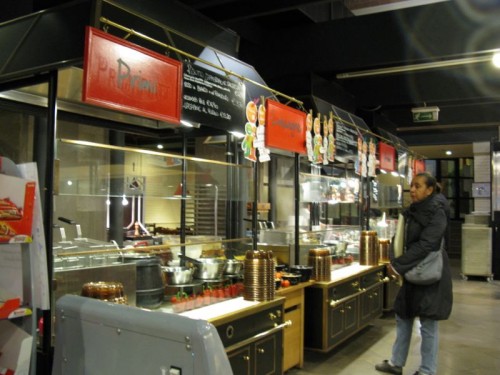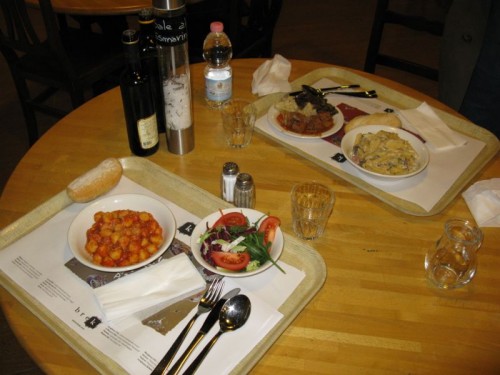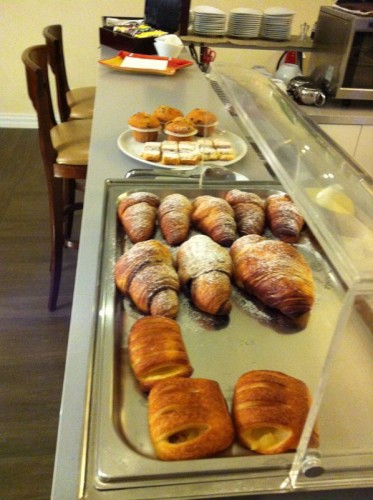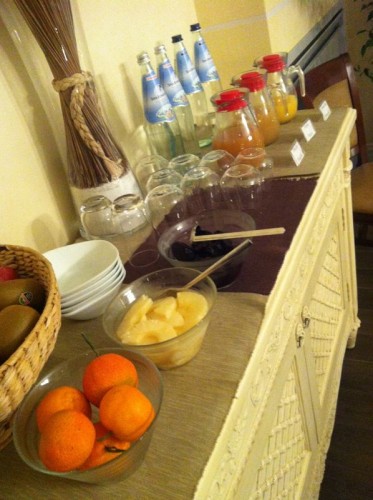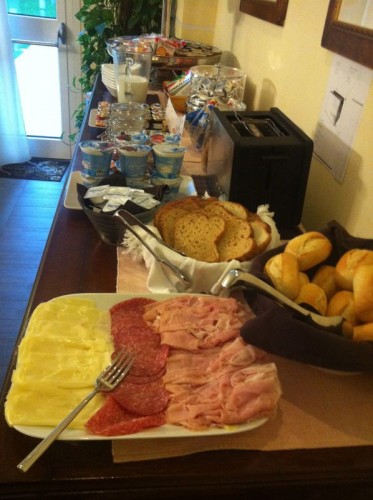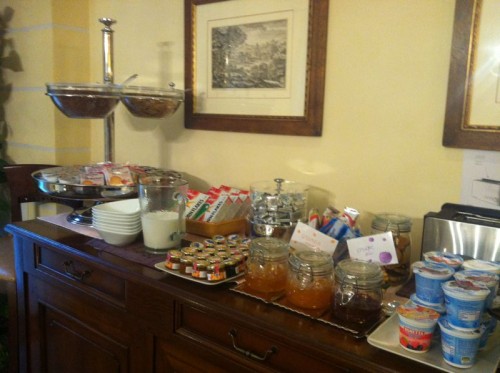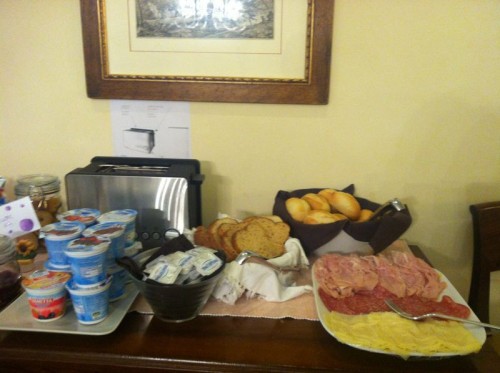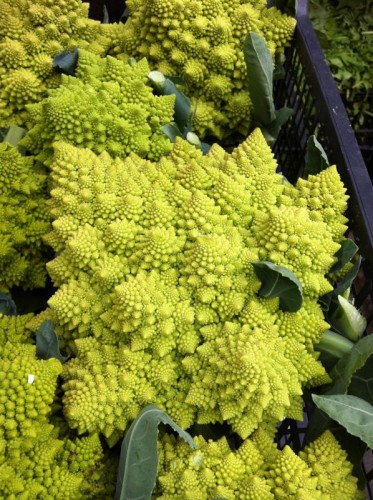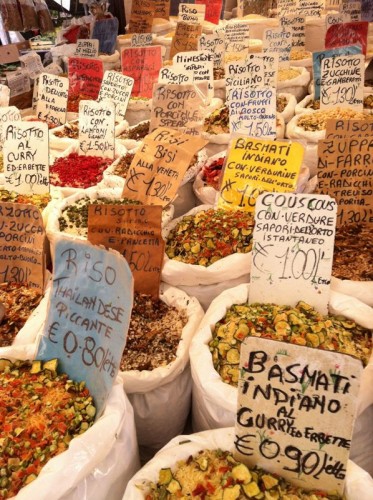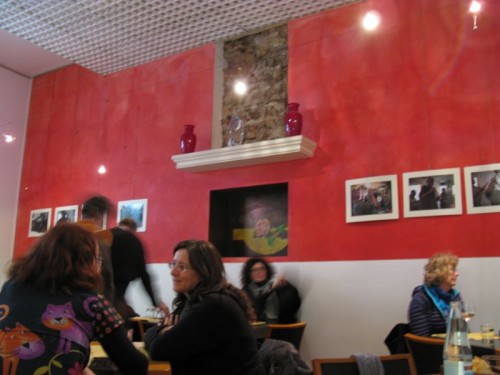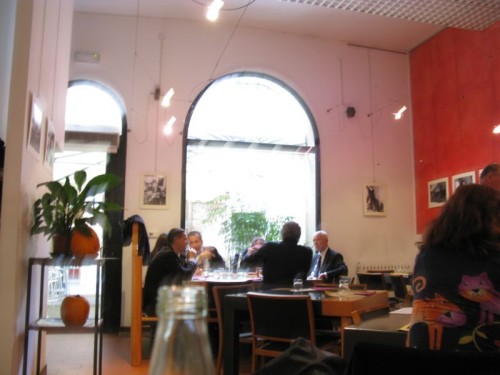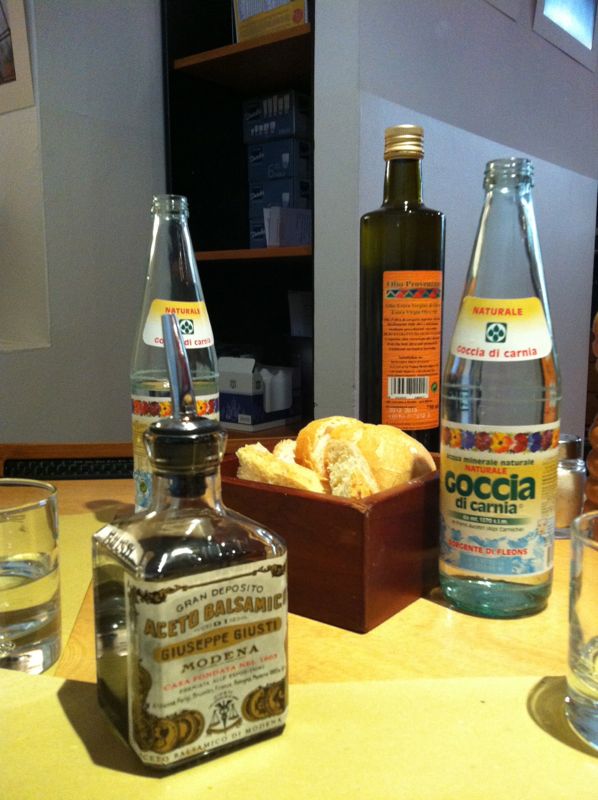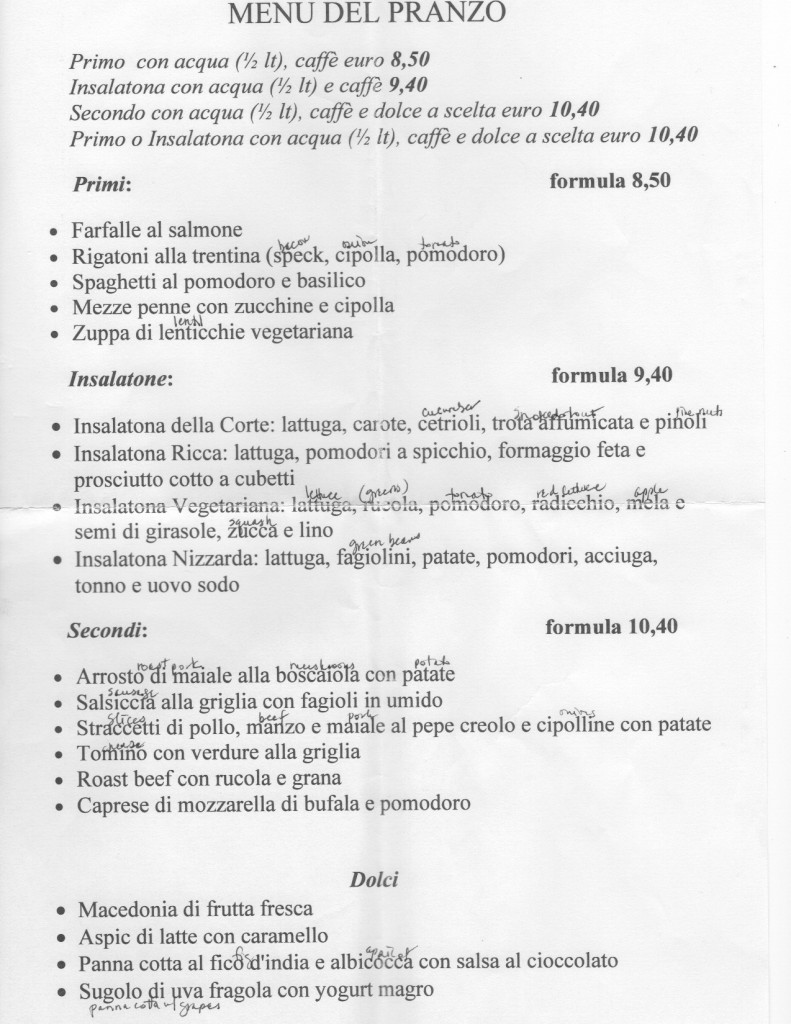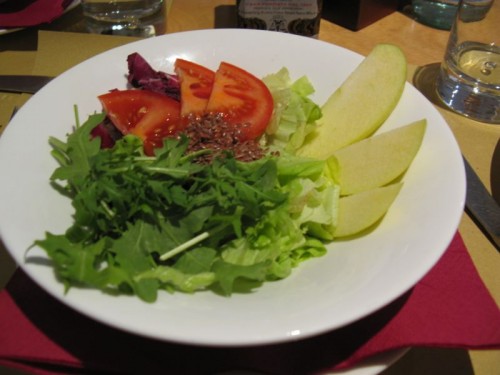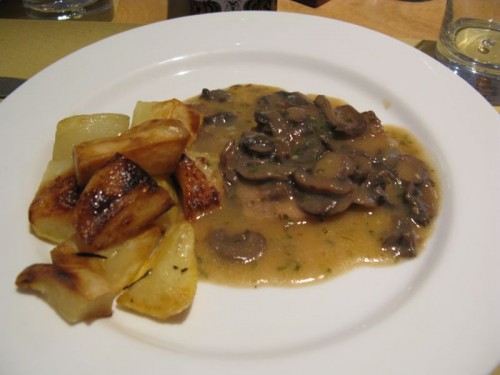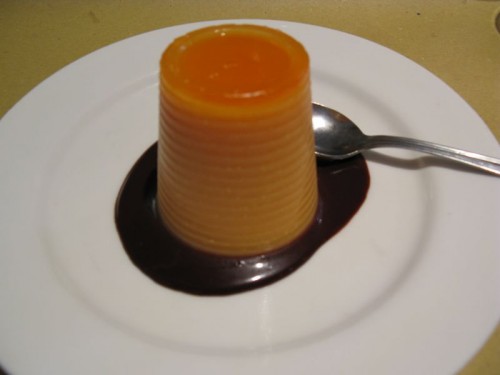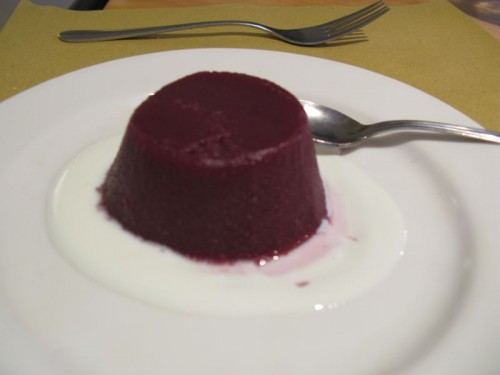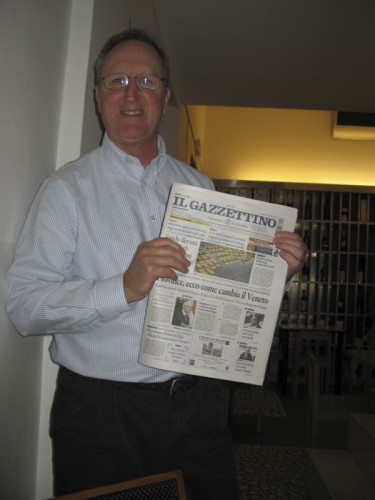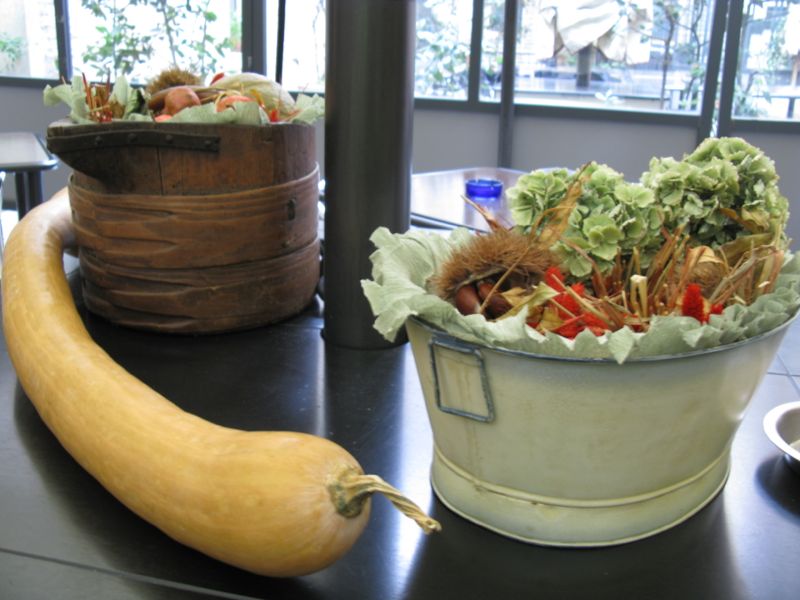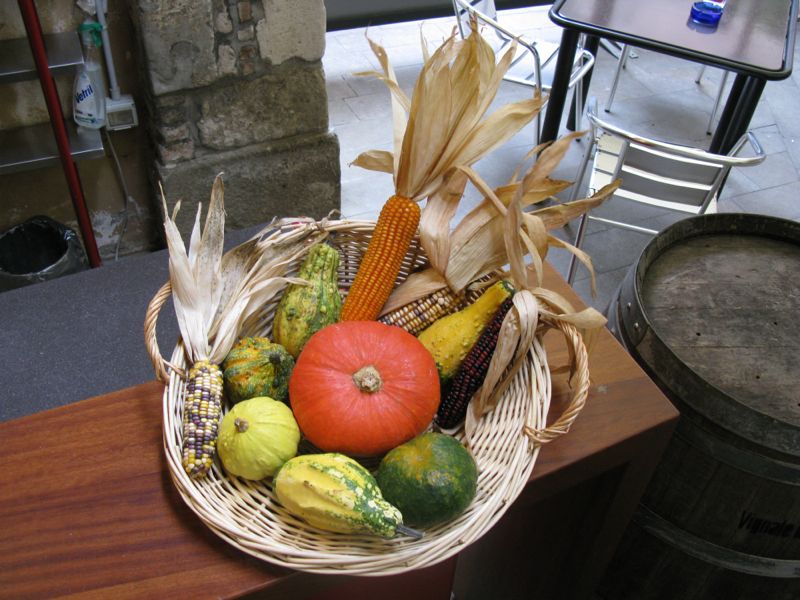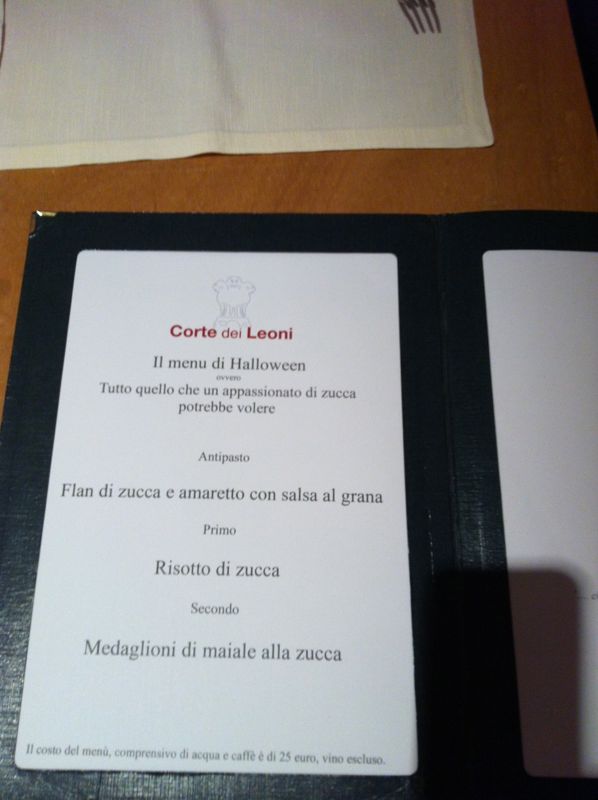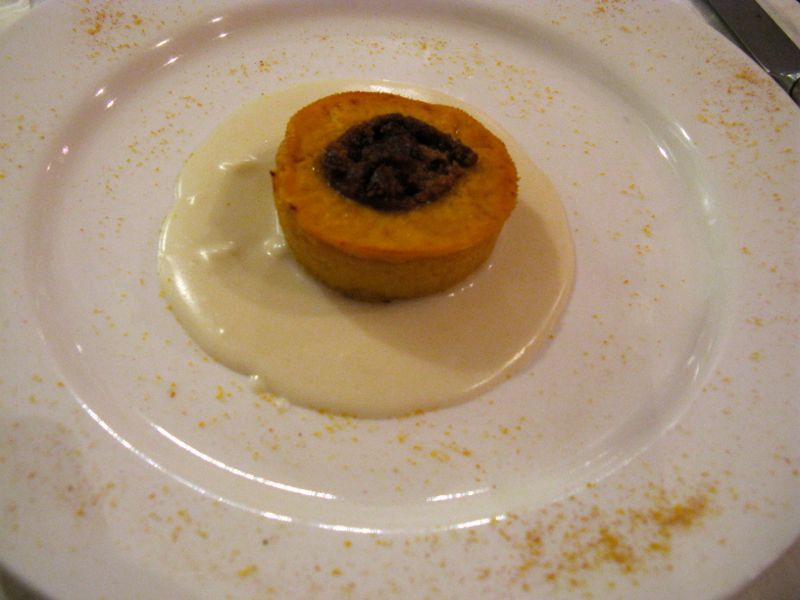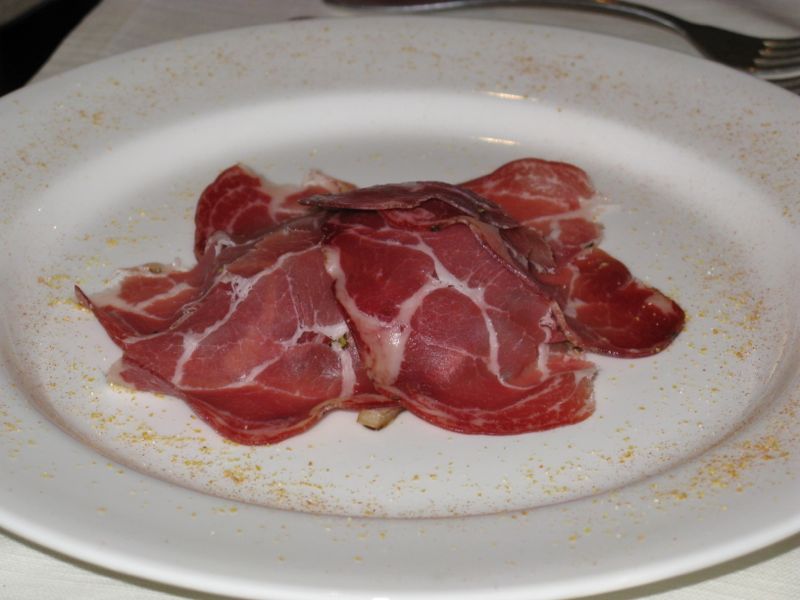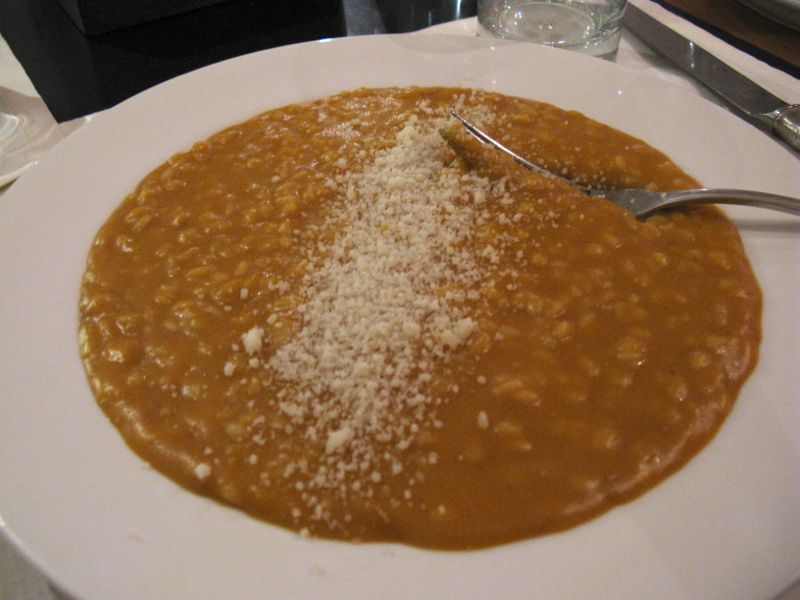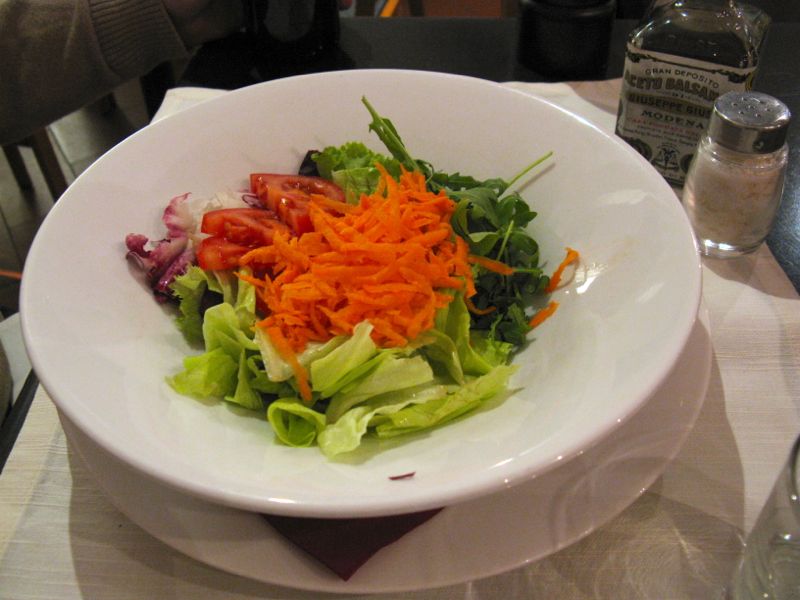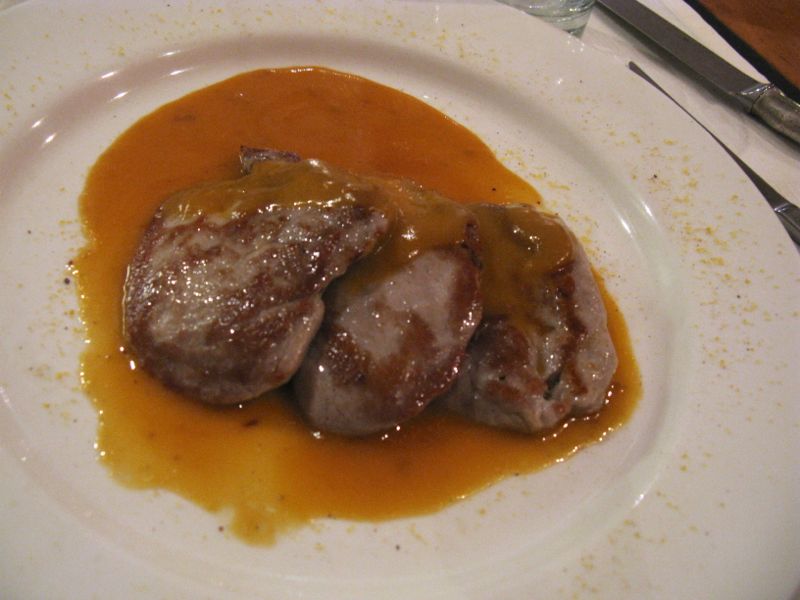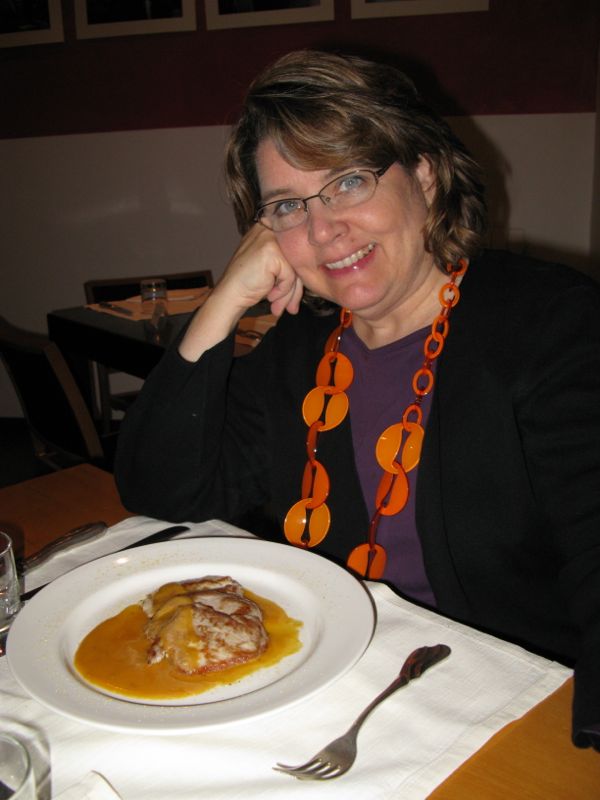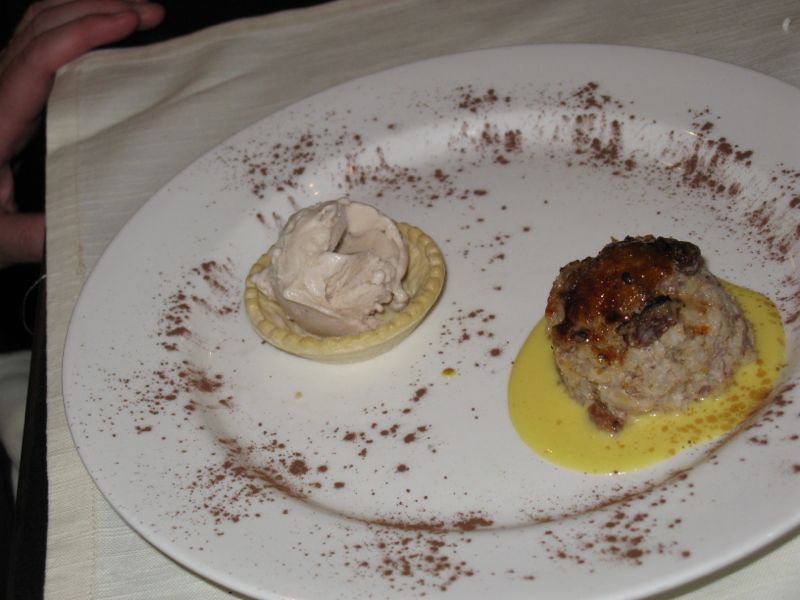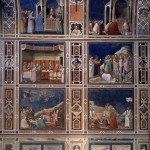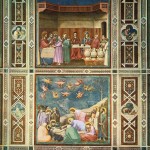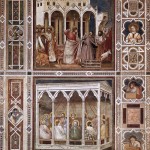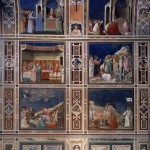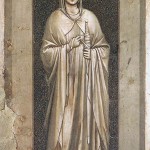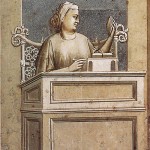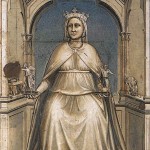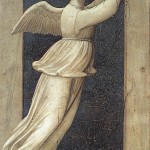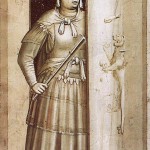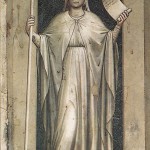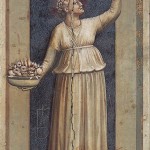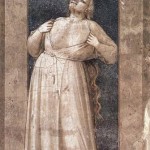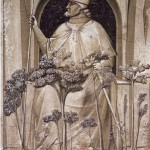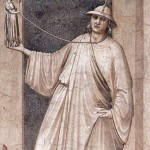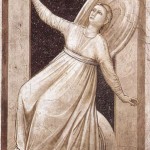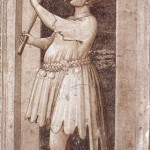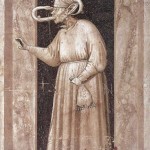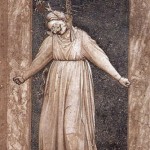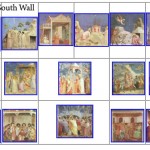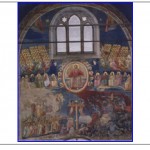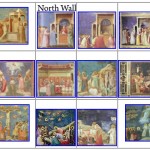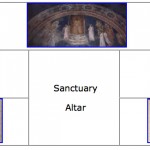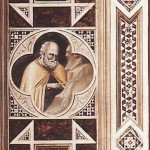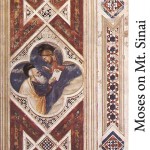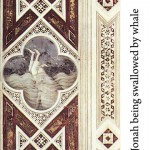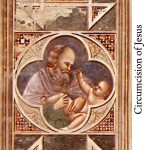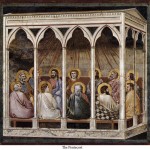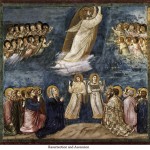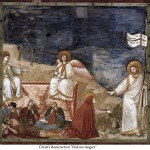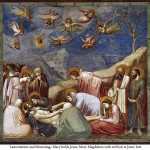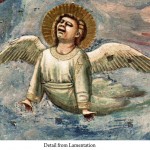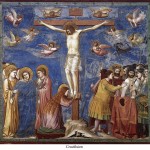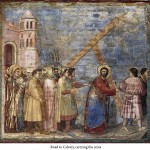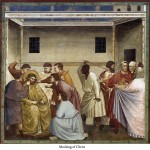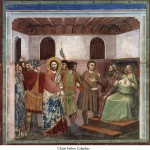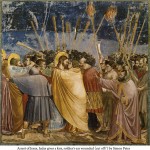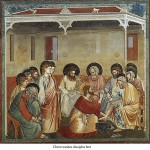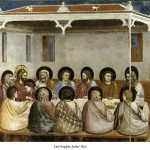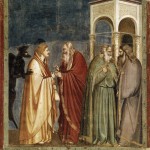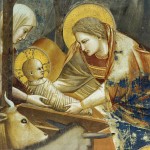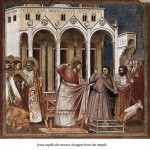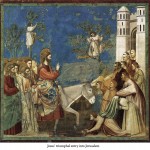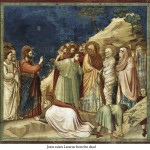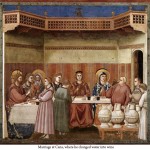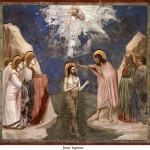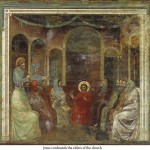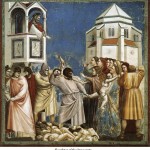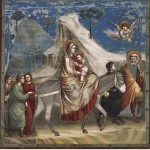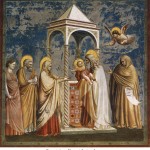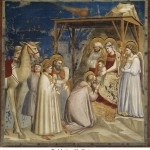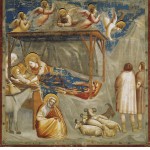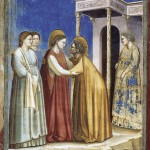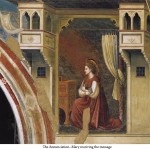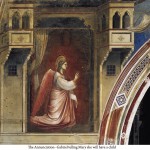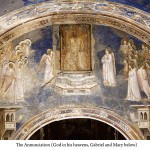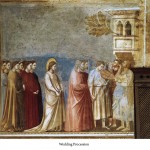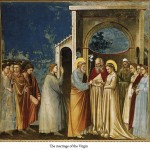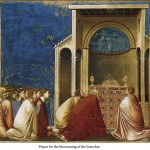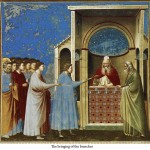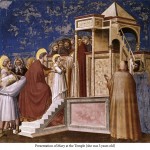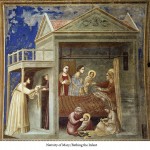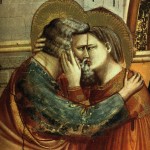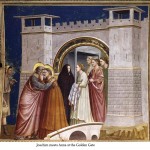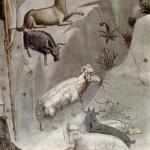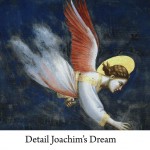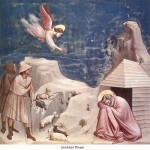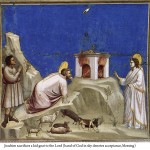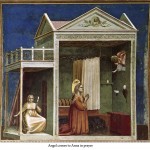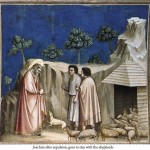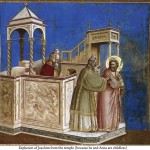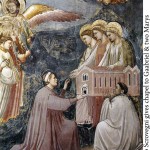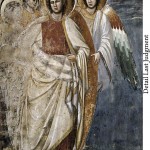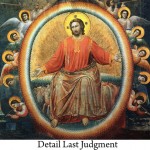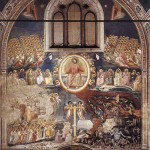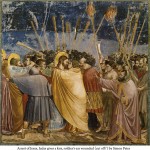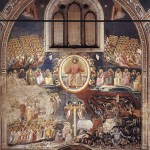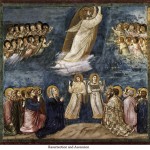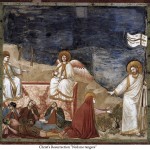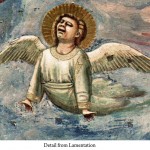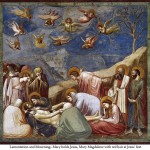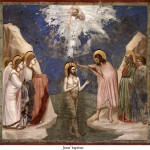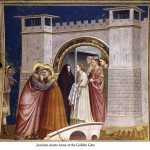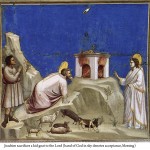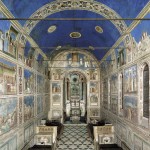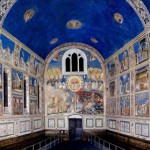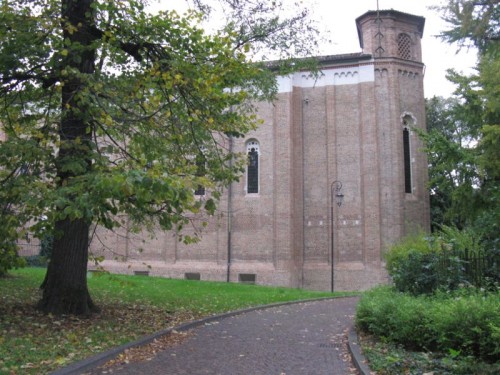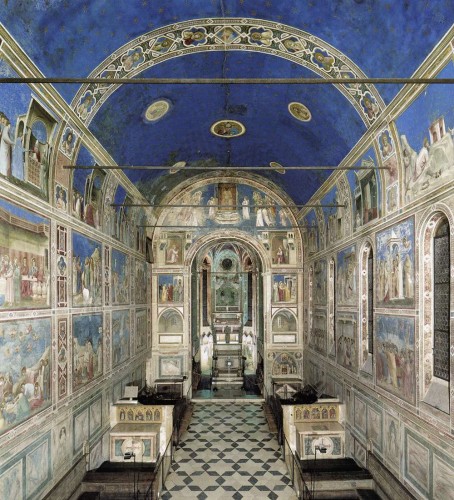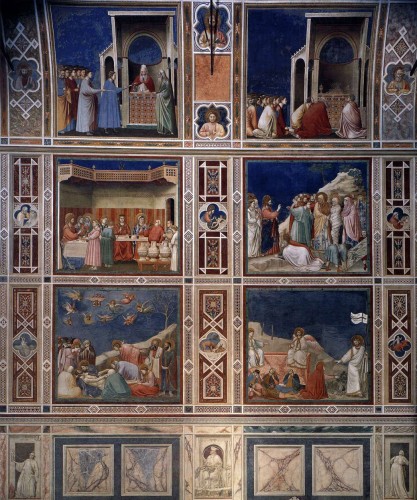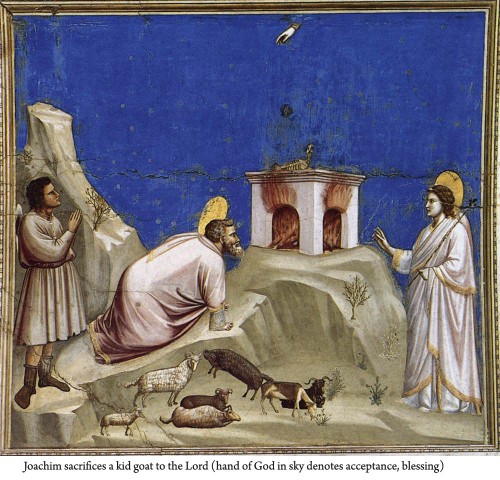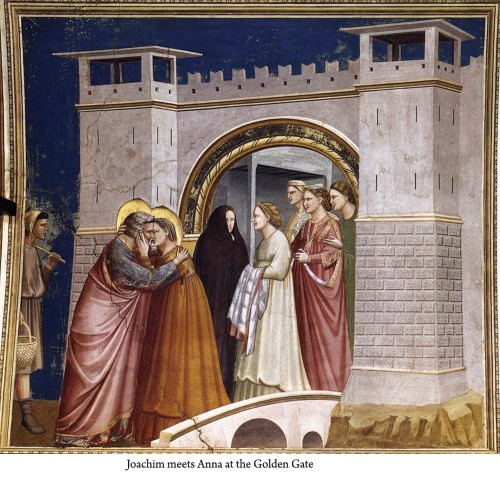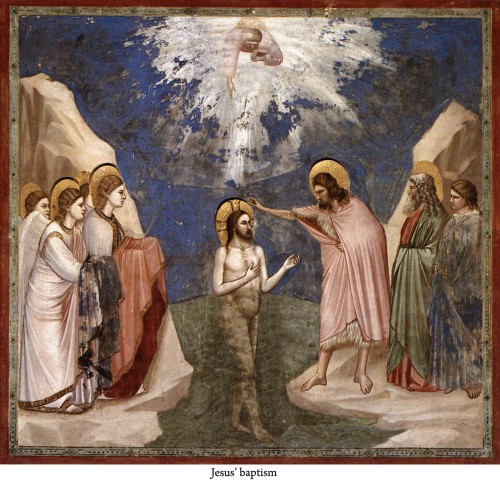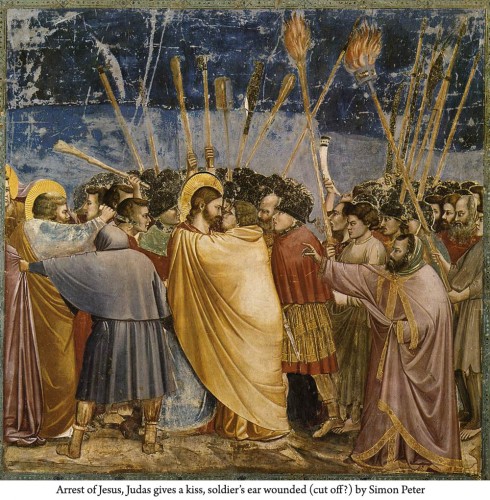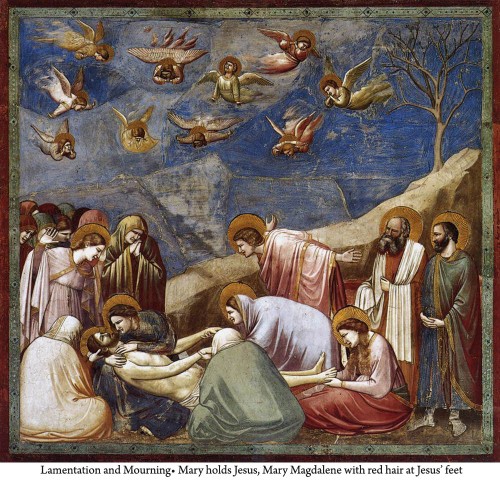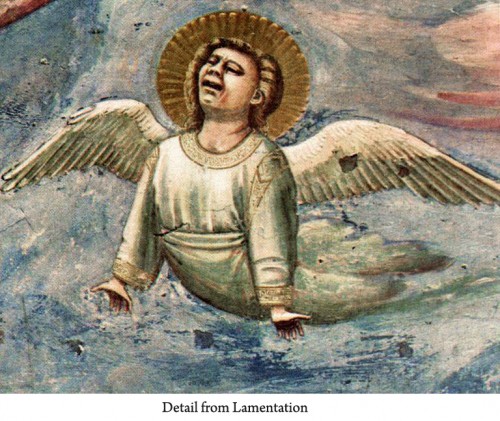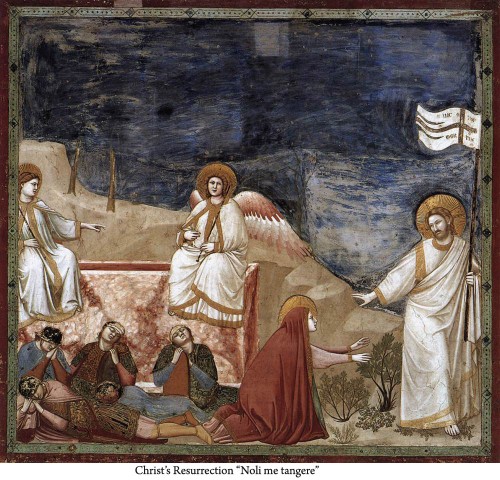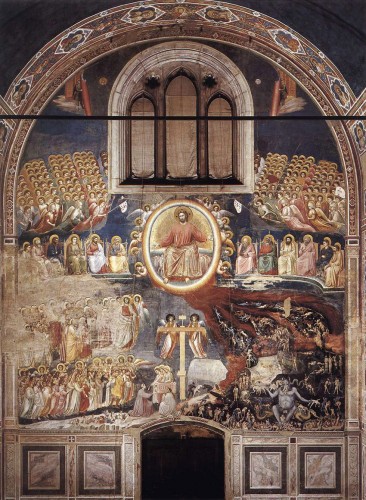Italy 2012, continued
I left off after that first night in Bologna, at the place that had a giant golden tortellini hanging outside its door. The next morning we went to the breakfast area in Hotel Porta San Mamolo and saw this:
It’s really easy to become a glutton when you see a spread like this.
I took one piece of this but it was coconut cake. Not a favorite. I swallowed my bite and gave the rest to Dave.
Our choices.
The breakfast room. I just want you to know that our breakfasts at home look like this. Every day. Right. This room is a courtyard between the three buildings that has been renovated into a warm and cozy place to dine, as long as you weren’t caught in the draft between the two doors.
For lunch that day, after bebopping around Bologna for a while, it was like someone rang an invisible gong and all of a sudden all the trattorias on the “food” street were packed. To the brim. When last in New York City, we’d wandered through Eataly in midtown Manhattan and after ducking in and out of several lunch places, we went upstairs in Eataly — in Bologna, Italy. The waiters were moving at warp speed, as shown in this photo. We snagged a table for two after only about a ten-minute wait. We felt blessed, frankly.
After placing our order, we looked around.
We were on the second level in a small alcove with pasta on one side of us for sale and vinegars on the other side.
After lunch I would pick out a vinegar, trying really hard to approximate what I’d seen in the farm and have it wrapped up in bubble wrap and carry it in my suitcase all the way home. It arrived safely, and I pull it out and feel like I’m in Bologna again. Plus, I loved the heart-shaped dollop of sealing wax on the top.
Dave’s dish was some kind of circular noodles, with pork, leeks, and vegetables. As usual, we played the game of what we thought we ordered was not what showed up on the table.
I ordered Taglierini Bolognese, of course. After all, we were in Bologna. The noodle could have been tagilatelle, though. I didn’t quite get which one. Apparently they only serve the Bolognese sauce with this thin, flat noodle. Mine was divine. I could have it again tomorrow, if I were in Eataly. In Bologna.
That night we tried a couple of places for dinner, but they were already booked up. We had been warned by the hotel concierege to make our reservations early, but did we listen? No. We like to keep our options open, which meant that we only had one option for dinner: Osteria Le Mura across the street from the hotel.
We were the only ones there at 8:00 p.m. We came in, and no one was around–we called out–and finally, from the back the owner/chef? came out and seated us.
He brought around the chalkboard, which was our menu and patiently went through EVERYTHING on the menu. He tried to sell us on one of the 46 euro fish, but we didn’t quite have that in mind.
We must have waffled a bit too long, because he said “momento” and returned with this, showing us our fish possibilities. Um, that doesn’t really help, but at least we know this is fresh fish. I think we ordered the pink one.
Bread basket with the requisite vinegar and oil for our salad. The bread in Italy runs the gamut from very good to eh. This was eh.
Really terrible picture of our fish with vegetables. Maybe I should take this down, but here it is. We didn’t have any dessert, but after paying, walked across the street and went to our room.
Here’s a few more sights and sounds of Bologna food: first, a celestially decorated frozen yogurt shop.
A cautionary sign near the tomatoes.
An array of artichokes, like a wedding bouquet.
Sinewy radicchio. All of these vegetables disappeared back into the shops during the afternoon lunch break. Actually the whole town about dried up and disappeared. They take their afternoon lunch hours very seriously.
I’d read in one of my Guido Brunetti books about fave, an almond-flavored small cookie that is only sold around All Saints Day. I exclaimed excitedly over this basket in one of the shops. We bought one in the morning, and one in the afternoon. They were delicious.
This was our last meal in Bologna–warm ham and cheese sandwiches, purchased from the train station. This is one of those times that the bread was amazing–a foccacia with just the right amount of saltiness.
For some reason, we thought that eating at BREK cafeteria in Padua would be a good experience–after all the guide book that came with our Padua Tourist Card said it would be great. Bad idea. Imagine high school cafeteria does Italian food.
Dave was the enthusiastic champion of eating here (we were tired and hungry and it was close by), but after he tasted my entree, even he agreed that it was pitiful. On the way home, we sampled some of previously-purchased chocolate and mine, again, was “icky,” as I wrote in my journal. Maybe we were just tired–tired of traveling, tired of fighting the internet at our hotel (it never did work properly), tired of the rain, but just like home where some meals are just cheese sandwiches or their ilk, some meals while traveling are equally forgettable. This was one of them.
These pictures show our breakfast choices at this hotel. While it looks like quite a spread, I think we’re homesick for our hotel in Bologna. The girl running the breakfast behind the counter stared at us the entire time, like we were some captured species in a zoo (we were the only ones there). At one point, she stepped outside on the balcony leaving the door open and smoked a couple of cigarettes, which “perfumed” the entire breakfast area.
This was a really strange hotel. We took to calling it Hotel California, if you know that song. We walked over to the marketplaces and enjoyed all the sights of the markets. See the regular Padua post for more photos.
We’re still talking about this veritable vegetable with a fractal design, apparently known as Romanesco broccoli.
And one stall’s version of prepared foods: bags and bags of different kinds of grains mixed with dried vegetables. I liked this presentation where you could see all the flavors and ingredients, and found it more enticing than our boxed-up supermarket foods.
Before coming to Italy, I’d done a bit of homework and looked up a couple of restaurants. We made our way to one for lunch, Enoteca Ristorante La Corte dei Leoni. We stepped in out of the rain, and felt like we’d come back to civilization.
You’ve got to understand: we’ve been in rain about 90% of the time since we’d arrived in Italy, and the warm red wall, with the fireplace that contained a painting, and lovely place that was oh-so-different than last night’s dreck-at-BREK was like heaven.
Luckily, the waiter could translate the menu. I wrote down what he said so he wouldn’t have to repeat it.
This is the Insaltona Vegetariana, with lettuce, greens, tomato, apple and other stuff, which I have no idea–I think they were squash seeds.
I ordered the pork with mushrooms and roast potatoes. I think Dave had the exact same thing because we only have pictures of these two items. But for dessert, we chose differently:
I had the Panna cotta with fig and apricot in chocolate sauce.
Dave had “Sugolo di uva fragola con yogurt magro, which we thought was panna cotta with grapes. No, it turned out to be grape panna cotta in yogurt sauce.
In the back we found Guido Brunetti’s newspaper that he reads–we love that we read so many of those mysteries before coming back to Italy. The waiter tells us about the special Halloween menu–it’s all pumpkin. I laugh, and we decide to make reservations and return here for dinner after seeing Scrovegni Chapel.
I paused to take a photo of their fall display in the courtyard. Apparently in the summer, people gather to come and have a lazy moment or two with some wine and live music. but now, we dash through it to get to Scrovegni on time.
Another display was there when we returned, along with a lit Jack-O-Lantern (which didn’t photograph well).
The special Halloween Menu.
First up is a pumpkin flan, which was pretty interesting. And no, I can’t remember what that dark thing on the top is.
Dave had the culatello, which is one reason why I wanted to return here so badly. I’d heard about this cured meat–kind of like the Ritz Carlton of cured meats. It was really tender and delicious and reminded me of prosciutto in terms of texture. But it was oh, so, amazing.
Next course for me was the pumpkin risotto, which I had Dave help me eat. It was a lot.
Dave had a salad, with that really great vinegar.
He had some kind of spaghetti carbonara for his entree.
Mine was medallions of roast pork with pumpkin sauce.
I’m wearing the necklace I’d purchased from the market–pumpkin-colors all around!
For dessert, these two little sweet treasures. Your guess is as good as mine. The restaurant is on Via Pietro d’Abano 1, in Padua, and is on a side street just north of the Piazza della Fruta. Our last meal in Padua was another really great focaccia sandwich, again in the train station, as we waited for our train to Venice, but I have no photos of that. You’ll have to imagine it.
